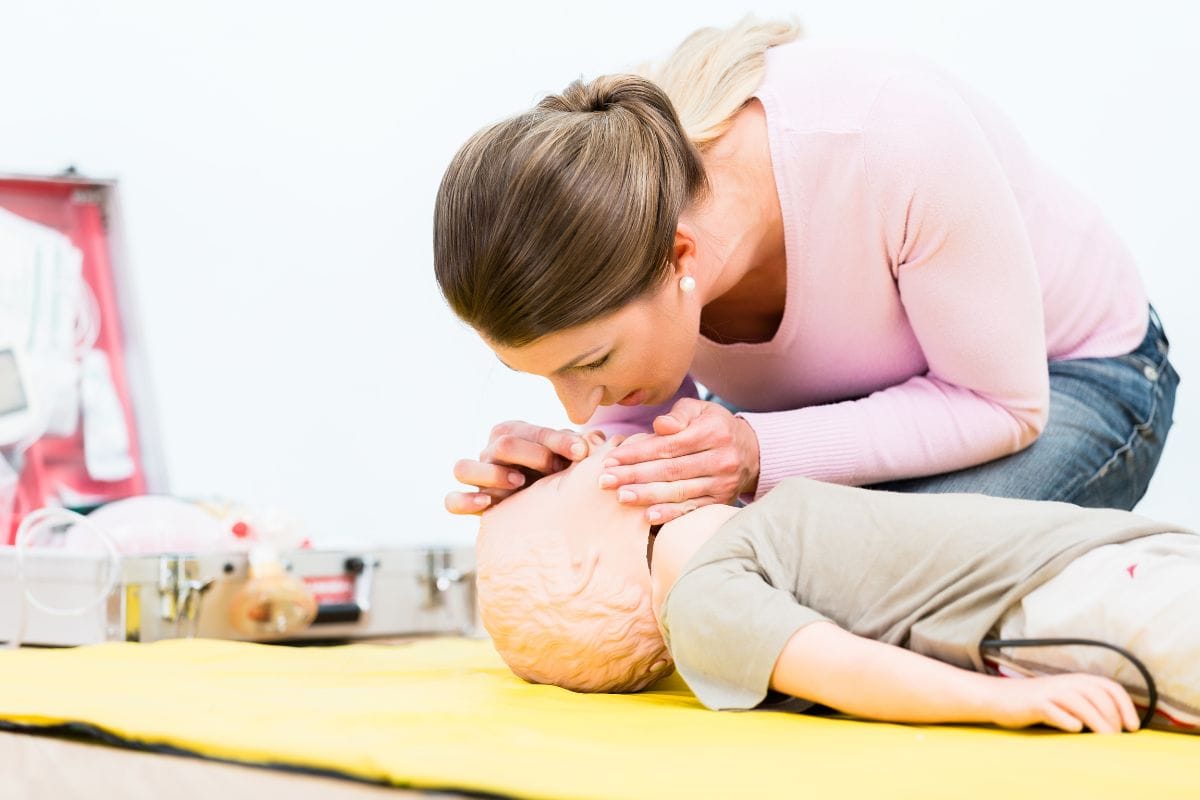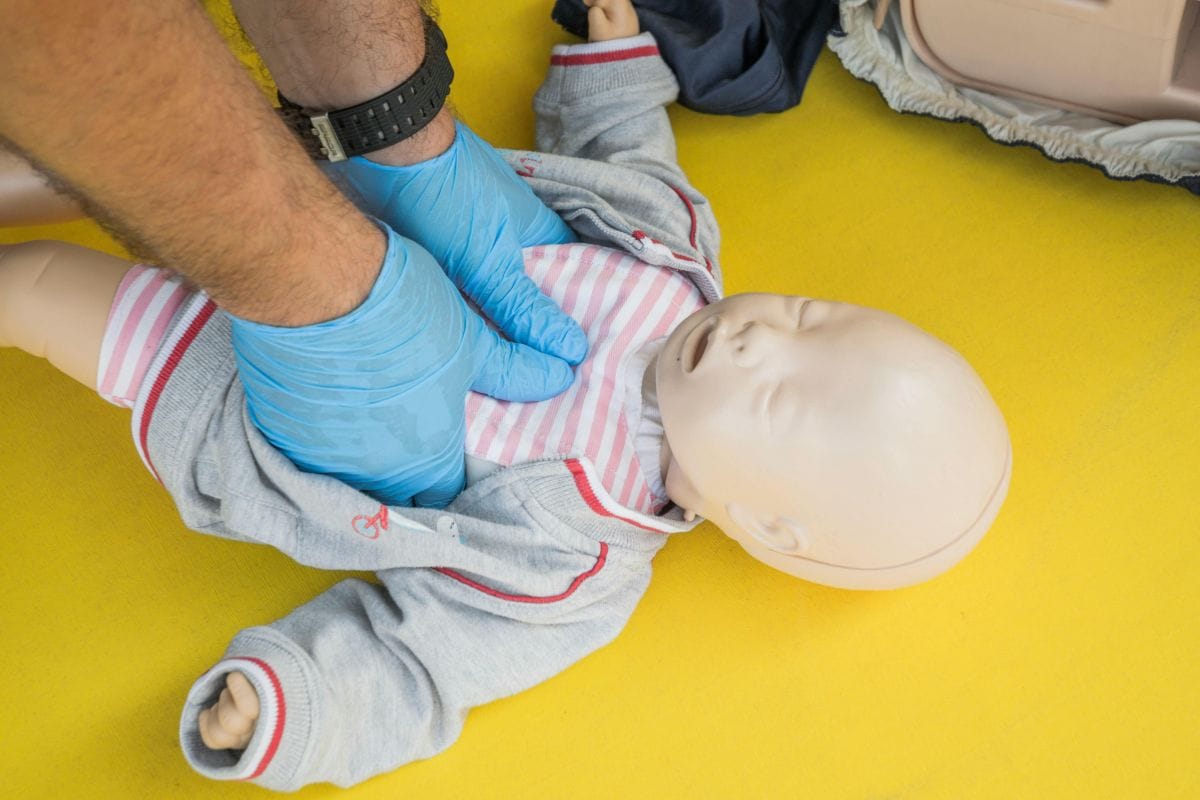When it comes to infants, emergencies are rarely predictable. A healthy baby can choke during feeding. A toddler might stop breathing after a fall. These moments are terrifying, especially for parents and caregivers who aren’t sure what to do. The truth is that most parents assume they’ll never need to use CPR, but the reality says otherwise.
Knowing how to respond in those first few minutes before help arrives can mean the difference between life and death. Infant CPR and first aid training prepares parents with the knowledge, skills, and confidence to act quickly and correctly. It’s not just a helpful course—it’s a critical one.
Why Infant CPR Training Matters

Infants are more vulnerable to breathing issues and cardiac events than adults. They have smaller airways, faster heart rates, and underdeveloped immune systems. Choking, suffocation, allergic reactions, and sudden illness can all lead to life-threatening situations in a matter of seconds.
The most common causes of infant emergencies include:
- Choking on food or small objects
- Breathing problems from RSV or asthma
- Accidental drowning
- Head trauma or falls
- Severe allergic reactions
Unfortunately, emergency services may take several minutes to arrive. Knowing basic life-saving skills enables parents to respond immediately and stabilize their child until help arrives.
What Parents Learn in Infant CPR and First Aid Classes

The goal of these classes is simple: teach everyday people how to respond to medical emergencies involving infants. At CPR Education, we provide clear, step-by-step instruction in a setting that’s easy to understand, even for those without a medical background.
Here’s what’s typically included in infant-focused training:
CPR Techniques for Infants (0–12 months):
- Proper chest compression depth and rate
- Rescue breathing using mouth-to-mouth and barrier devices
- One-rescuer and two-rescuer methods
Choking Relief for Infants:
- Identifying signs of airway obstruction
- Performing back blows and chest thrusts
- When and how to call 911 during a choking episode
First Aid Basics:
- Responding to burns, bleeding, and allergic reactions
- Managing falls and head injuries
- How to treat fevers, seizures, and dehydration
Preventive Safety Tips:
- Childproofing the home
- Safe sleep guidelines
- Recognizing common risks during feeding and playtime
Everything is taught using hands-on tools, practice mannequins, and real-life scenarios to make sure parents leave feeling confident and ready to act.
Why Basic Life Support Training Is Valuable for Parents, Too

While we often associate basic life support training with healthcare professionals, it’s also highly relevant for parents. The same techniques used in clinical settings apply to home emergencies involving babies and toddlers.
Here’s why it matters:
- Confidence in High-Stress Moments: Emergencies can overwhelm anyone. Training reduces panic and promotes quick, clear action.
- Empowerment Through Preparedness: Parents don’t have to feel helpless when their child is in distress. They can become the first responder until help arrives.
- Family-Wide Readiness: Many families take the course together, including grandparents, babysitters, and older siblings.
These classes don’t just teach what to do—they build the mindset needed to handle emergencies calmly and effectively.
How to Get Certified and What to Expect
We offer specialized Basic Life Support certification for families, caregivers, and anyone responsible for infant care. Our courses follow American Heart Association guidelines and are taught by experienced instructors who are patient, practical, and easy to learn from.
You can expect:
- Detailed instructions focused on infant-specific care
- Hands-on practice using infant mannequins and real-life examples
- Small class sizes for individualized guidance
- Certification that meets AHA standards and lasts for two years
Our sessions are designed to fit around busy schedules. Whether you prefer in-person instruction or a blended format, we provide flexible options to make learning accessible to all families.
Who Should Take These Courses?
Infant CPR and first aid training is ideal for:
- New and expecting parents
- Grandparents or extended family members
- Babysitters and nannies
- Daycare and preschool staff
- Foster parents and adoptive families
Even if you’ve taken a class in the past, refresher courses are strongly recommended. Guidelines and best practices change over time, and staying updated helps protect the children in your care.
The More You Know, the Safer Your Child Is
Emergencies involving infants are rare, but when they occur, they escalate rapidly. Waiting for help isn’t always an option. When you’re trained, you can step in with confidence and give your child the best chance at recovery.
At CPR Education, we believe every parent deserves to feel prepared, not powerless. We make it our mission to deliver simple, practical training that can be used in real life, not just in theory.
If you’re ready to learn essential infant CPR and first aid skills, enroll in one of our upcoming classes today. We’re here to help you protect the ones who matter most.

